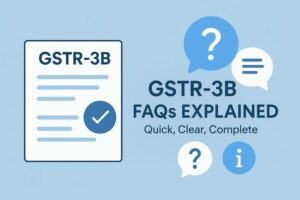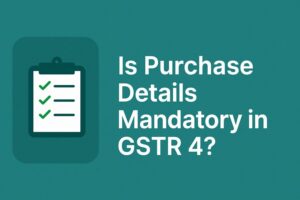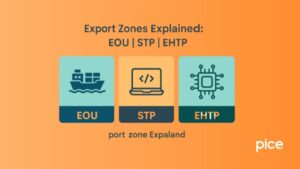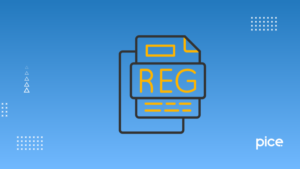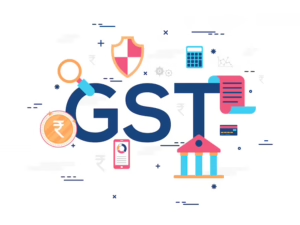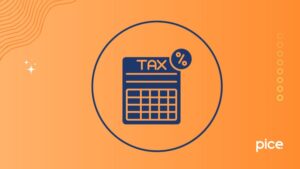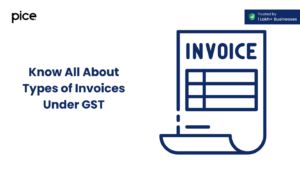Reverse Charge Mechanism under GST Explained
- 28 Oct 25
- 11 mins
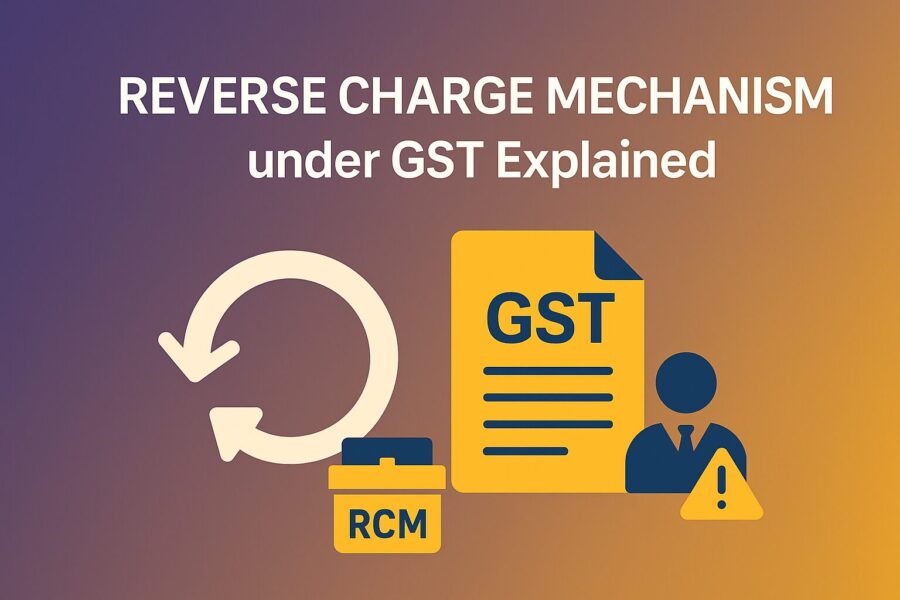
Reverse Charge Mechanism under GST Explained
- What Is the Reverse Charge Mechanism Under GST?
- In What Scenarios Is the Reverse Charge Mechanism Applicable?
- What is The Time of Supply in GST Under RCM?
- Rules for Registration for GST Under the Reverse Charge Mechanism
- Who Is Liable To Pay GST Under RCM?
- Concept of Input Tax Credit For GST Paid Under RCM
- What is a Self-Invoice?
- Conclusion
Key Takeaways
- Under the Reverse Charge Mechanism (RCM) in GST, the buyer—not the seller—is liable to pay tax on notified goods and services.
- Sections 9(3) and 9(4) of the CGST Act define RCM applicability for transactions with unregistered suppliers and notified goods or services.
- E-commerce operators like Ola, Uber, and online accommodation platforms must pay GST under RCM as per Section 9(5) of the CGST Act.
- Businesses registered under GST must issue self-invoices and can claim Input Tax Credit (ITC) on RCM payments made for business purposes.
- Recent CBIC updates mandate timely self-invoicing, clarify ITC claim rules, and expand RCM coverage to more goods and services in 2024.
Did you know that under GST, the buyer, not the seller, might be responsible for paying tax? This unique twist is called the Reverse Charge Mechanism (RCM), and it is a concept every business owner should grasp.
With over 1.4 crore GST-registered taxpayers in India as of 2024, understanding RCM is not just optional but essential. Initially introduced under the Service Tax regime, RCM now applies to both goods and services under Sections 9(3) and Section 9(4) of CGST Act 2017 and 5(3) and 5(4) of the IGST Act, 2017.
Further in this blog, you will have a complete understanding of the RCM or Reverse Charge mechanism under GST, including its registration rules.
What Is the Reverse Charge Mechanism Under GST?
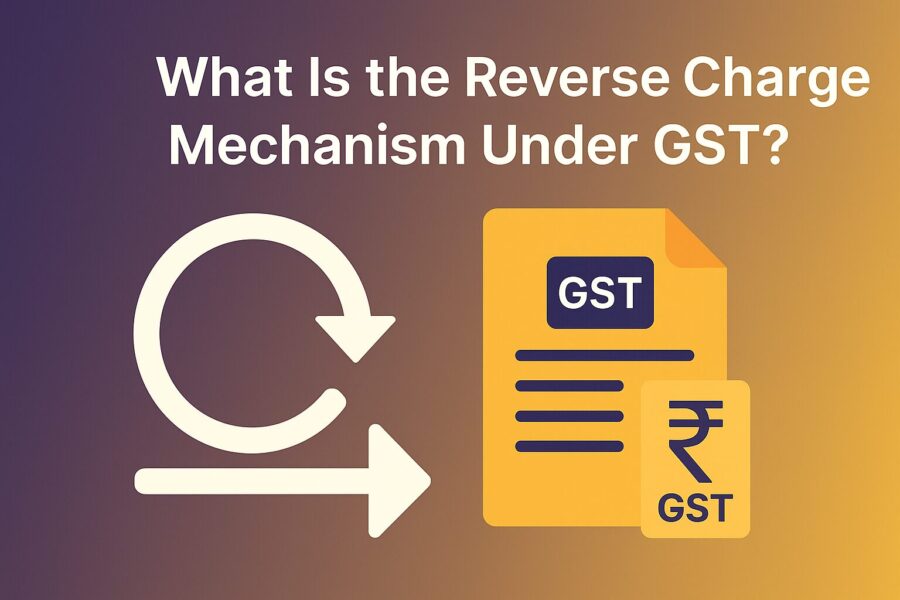
The supplier of goods pays taxes on the supply of goods and services from one place to another, whether it is an interstate supply or an intrastate nature of supply. However, under the Reverse Charge Mechanism, the receiver of supplied goods or services is liable to pay GST instead of the supplier.
The RCM method of tax collection is useful to widen the scope of taxability in the country in various ways. It helps to levy taxes on various unorganised sectors and exempts certain classes of suppliers from taxes. It also facilitates the taxation on the import of services as the supplier operates outside of India.
The Reverse Charge liability of GST payment applies only to specific types of businesses. You can find out any business’s tax constitution by using the GST search tool.
In What Scenarios Is the Reverse Charge Mechanism Applicable?
Usually, there are 3 scenarios where the RCM method for tax collection is useful. Here is a detailed explanation of all three scenarios:
Unregistered Supplier but Registered Receiver
Section 9(4) of the CGST Act 2017 mandates that when a registered person procures goods or services from an unregistered supplier, the liability of tax shifts to the buyer under the Reverse Charge Mechanism (RCM). In such cases, the recipient must issue a self-invoice for the purchase and pay the applicable GST directly to the government bodies.
This provision is particularly significant in the real estate sector. For intra-state transactions, CGST and SGST are applicable, while IGST applies to inter-state supplies. Additionally, the government agencies has imposed a rule specifically for real estate promoters: at least 80% of their inward supplies must be procured from registered vendors. If the purchases from a registered person fall short of this threshold limit, promoters are required to pay 18% GST under RCM on the shortfall.
This regulation ensures better tax compliance and brings unregistered suppliers into the GST framework indirectly through reverse charge compliance.
Services Through E-commerce Operators
The steep rise in technology and the internet in today’s world has given a significant rise to a digital world. Many businesses use e-commerce operators to digitise their business and sell their products and services online.
However, Section 9(5) of the CGST Act states that if a business owner uses e-commerce services to digitise their sales, then the Reverse Charge Mechanism will be applicable. This means the e-commerce operator will be liable to pay GST.
This way of application of RCM through e-commerce operators covers legal services, such as transportation services using Ola and Uber. Accommodation services meant for residential and lodging purposes, such as hotels and inns, are also applicable for RCM until the service provider does not have a GST registration for not crossing the turnover threshold limit.
CBEC Specified Supply of Certain Goods and Services
According to section 9(3) of the Central Goods and Services Tax Act, there are certain notified goods and services on whose transaction the RCM method of tax collection applies. This means that on a transaction of such goods, the receiver or vendor is liable to pay GST instead of the supplier.
Some of these items include unshelled cashew nuts, tobacco leaves, raw cotton, silk yarn, capital goods, etc. Whereas, services include Goods Transport Agencies, or GTA services.
What is The Time of Supply in GST Under RCM?
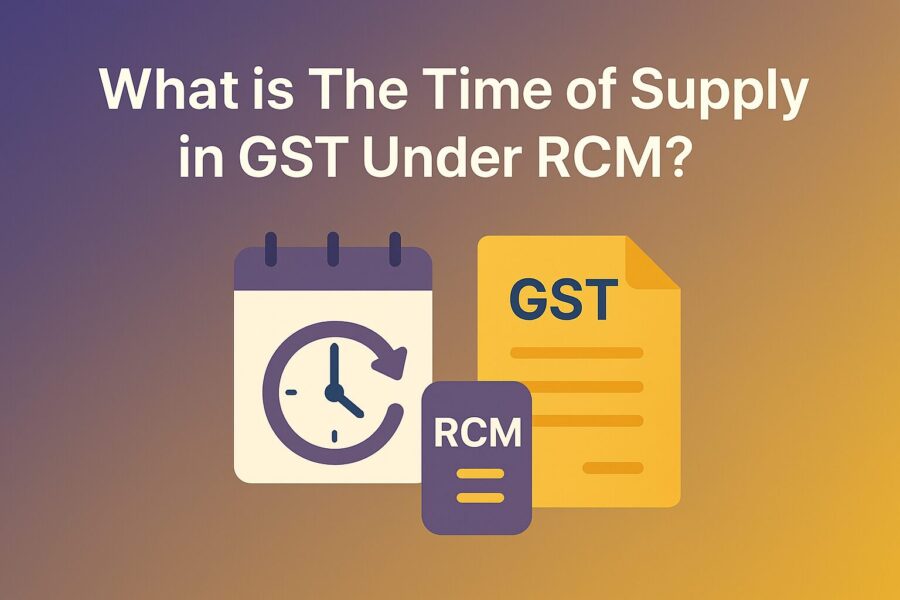
The time of supply is important to keep track of the date of transactions every time a supplier gets a deal. However, for GST collection under RCM, it is not possible to determine the time of supply. Generally, the time of supply should be the date of entry in the books of accounts of the vendor. Here is a better explanation of how to determine the time or date of supply of notified goods and services.
Time of Supply for Goods
Goods take a longer time to deliver than a service. However, under the RCM method, the time of supply is always the earliest among the following dates.
- The date a vendor receives their goods.
- Date of upfront payment of tax for the goods bought.
- The date is immediately 30 days after the issuance of an invoice in respect of a supplier.
* Note: This point is not applicable since 15th November 2017, when Notification No. 66/2017 – Central Tax came into existence.
Time of Supply for Services
The date of supply can be immediately after you pay for it in many cases. However, the supplier of service should do it among the earliest of these 3 dates after the CBIC notifies a transaction.
- Date of upfront payment of tax for goods bought.
- The date on which you receive your service from a supplier.
- The next date is 60 days after an unregistered supplier issues an invoice.
Rules for Registration for GST Under the Reverse Charge Mechanism
As per Section 24 of the CGST Act, 2017, all taxpayers who pay GST as a vendor under the Reverse Charge Mechanism under GST must have a GST registration.
Moreover, this law is not bound by the threshold limit of annual turnover of ₹40 lakhs (For special states, ₹20 lakhs). This means all GST payers under RCM must have a GST registration irrespective of their annual turnover.
Who Is Liable To Pay GST Under RCM?
According to the GST laws, the supplier of goods must clearly state in the invoice whether GST will be charged under the RCM method or not. Nonetheless, if you are paying GST under the RCM method. Here are a few things you must know about it.
- If you use the goods or services for further business purposes, you can make an ITC or Input Tax Credit claim on your final tax amount.
- When someone is discharging duty under RCM, a composition dealer must pay their taxes at regular rates, and not the composition rates. The composition dealers are also ineligible to claim ITC or Input Tax Credits on the taxable amount.
- The State and Central Government can apply a GST compensation cess on GST payable or paid under the RCM method.
Concept of Input Tax Credit For GST Paid Under RCM
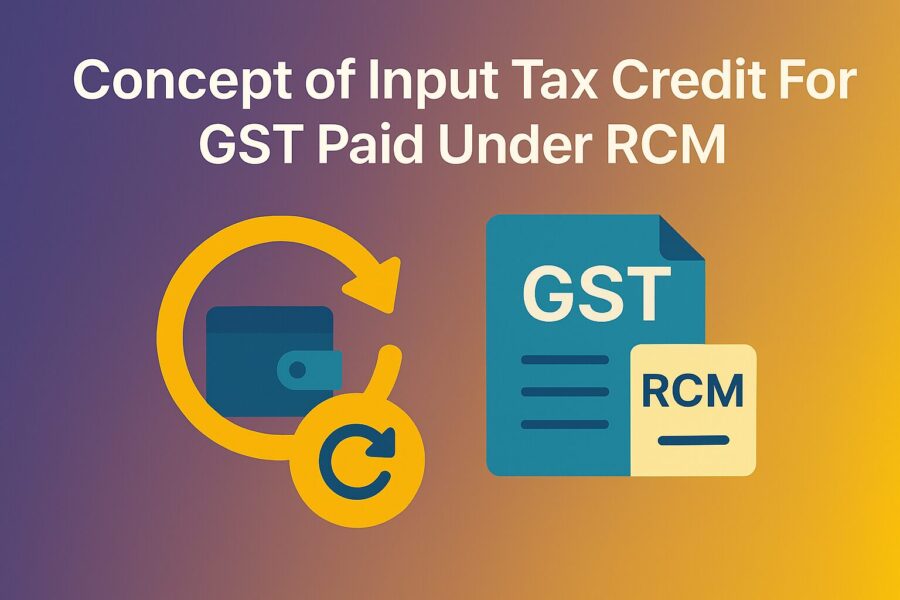
Under the RCM method, the vendor is liable to pay the applicable taxes at regular rates. This becomes a burden for them. To ease this burden, these recipients can claim Input Tax Credits or ITC on GST paid. However, the claim on ITC is subject to some conditions. Here is a list of them.
Who Is Eligible for ITC
Under the RCM method of Goods and Services Tax collection, recipients can only claim ITC when their purchased goods and services come into use for business purposes or operations.
Moreover, the recipient must have ready availability of a self-generated payment voucher or an invoice in respect of a supplier to strengthen their claim on ITC.
Restrictions on Utilisation of ITC
As a GST taxpayer under the RCM method, you cannot utilise your ITC to reduce your tax liability under RCM. However, you can utilise your claim on ITC to get relief from output tax liability on other supplies from a taxable person in relation to GST.
Although you cannot use your ITC directly to reduce your liability of tax on output tax, you have to pay it in cash only.
Rules and Regulations for Claim
A circular from CBIC (circular no. 211/5/2024-GST) was passed on 26 June 2024. This circular says the relevant time limit for claiming ITC under the provision of Section 16(4) of the CGST Act must be the financial year in which a recipient issues their self-invoice.
What is a Self-Invoice?
As a recipient, you have to pay GST under RCM if your supplier’s business is not registered under GST. Now, since an unregistered supplier is not capable of providing a GST-compliant invoice, they must issue a self-invoice.
A self-invoice contains almost all the crucial data that is present in a GST invoice. There are many formats of Self-invoices that an unregistered supplier can find online on the web.
Not everybody knows about these minute details. However, regardless of whether you are a recipient or a supplier, keeping these things in mind can ensure direct tax compliance responsibility.
Conclusion
The Reverse Charge Mechanism under GST is a simpler way of collecting taxes from supplies made from unorganised sectors. It also facilitates the State and Central Government to collect taxes from foreign suppliers of legal services, as they, in this case, are outside the boundaries of India.
Suppliers may not have a part in GST tax compliance in the RCM mode of GST payment. However, they do have to provide a self-invoice to their customers while making a supply. Formats for these self-invoices are available online.
💡If you want to streamline your payment and make GST payments via credit, debit card or UPI, consider using the PICE App. Explore the PICE App today and take your business to new heights.
 By
By 






